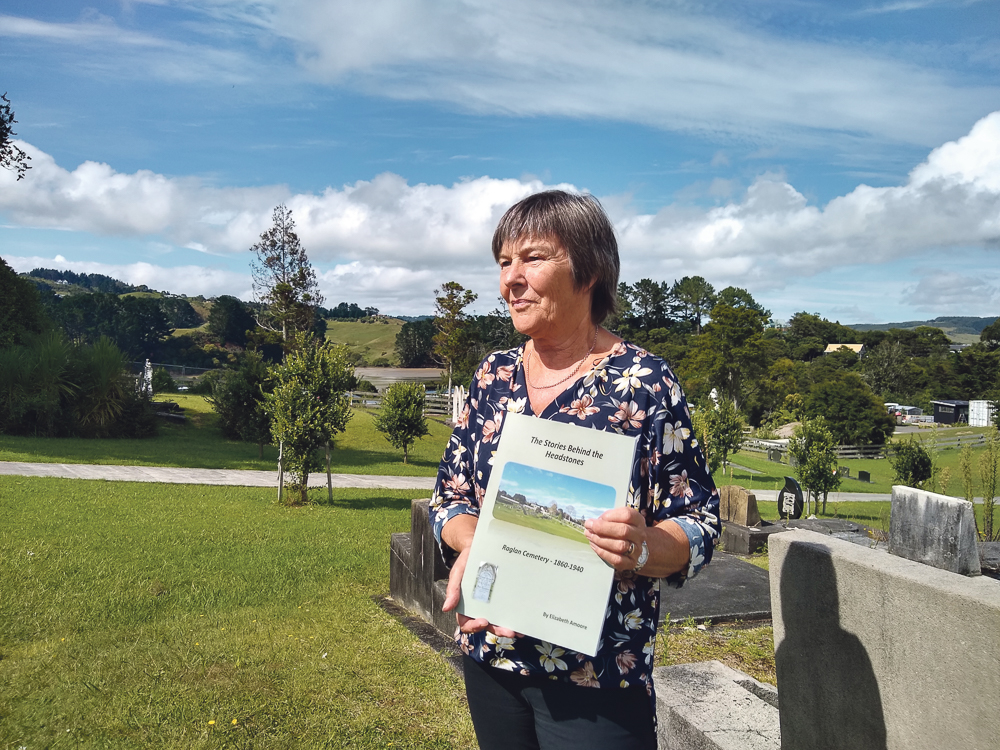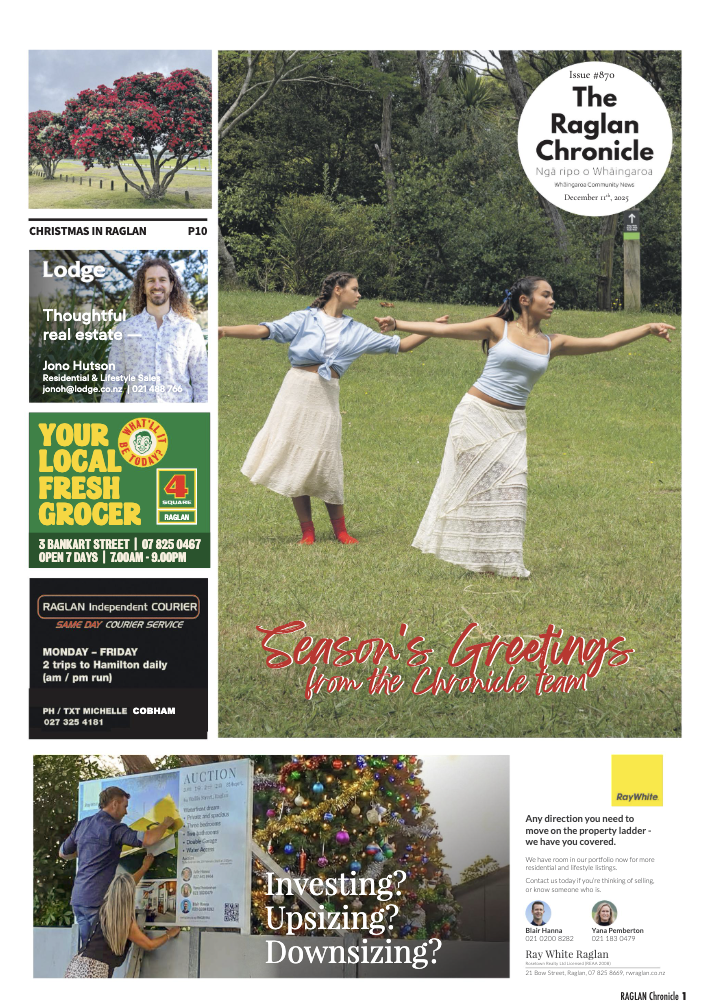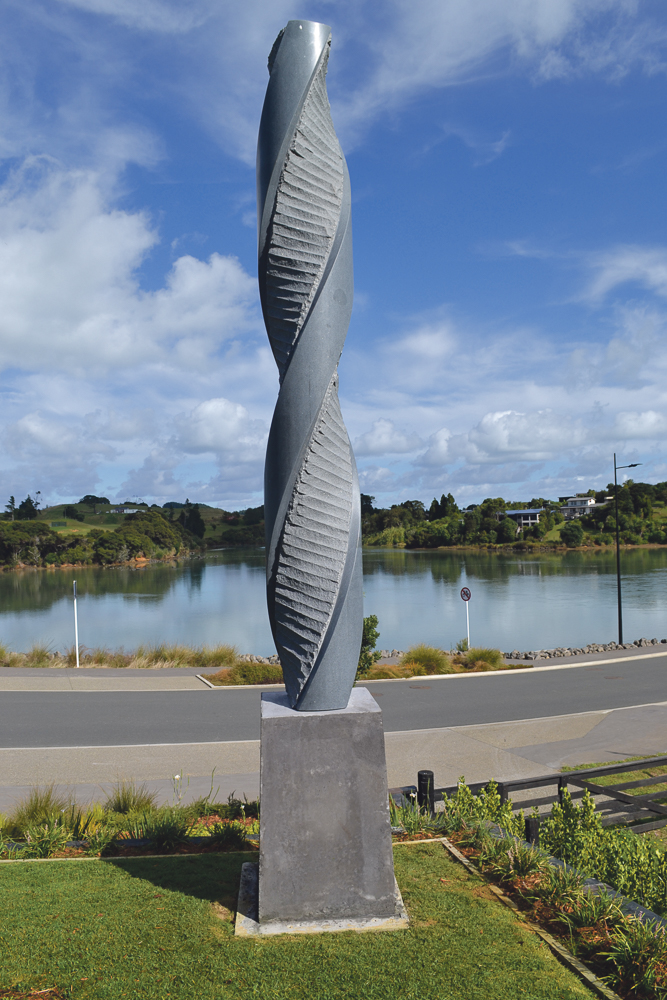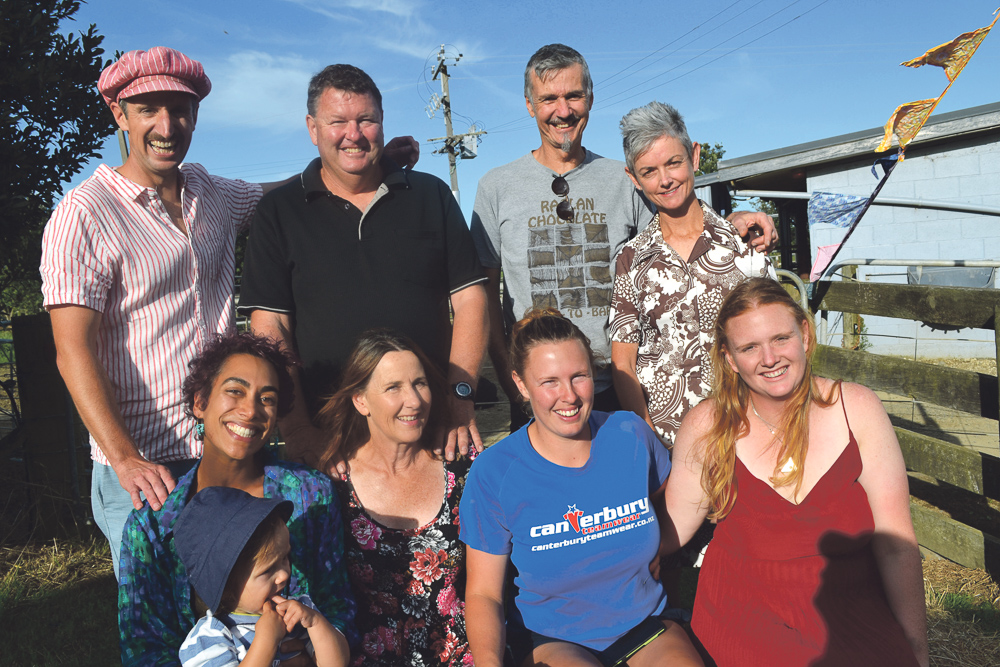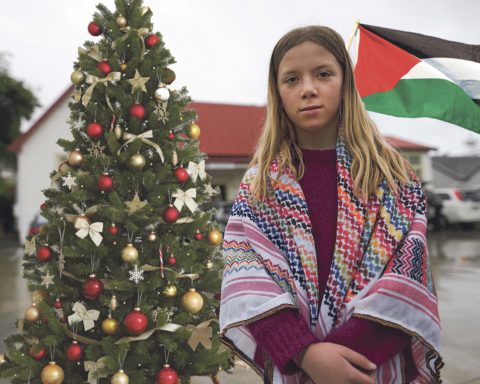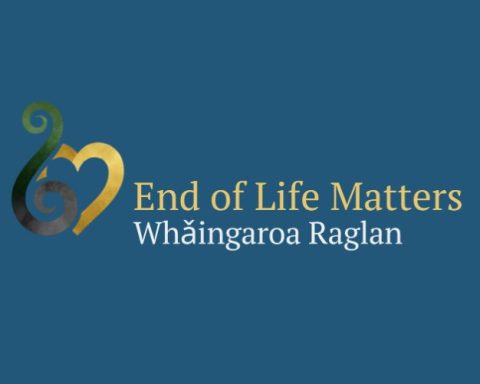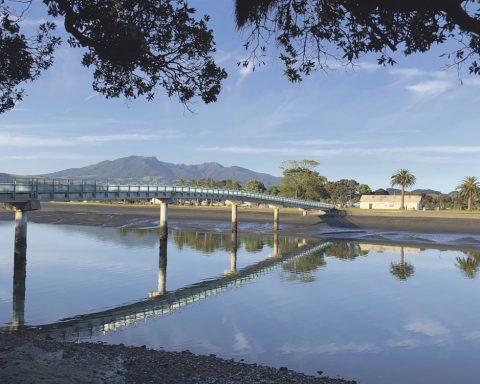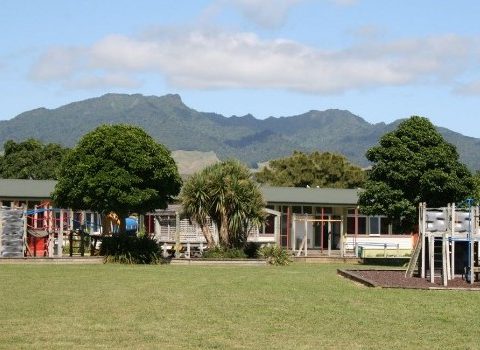Local historian, Elizabeth Amoore, will launch her book “The Stories Behind the Headstones – Raglan Cemetery 1860-1940”, on March 16, at the Raglan Museum.
Liz, a third generation Raglanite, professes to have always loved history, and she particularly enjoys researching the history of this area. She says that this is something she does in her “spare time”, but it is hard to believe this, given the size and comprehensive nature of her most recent book.
Over a period of more than two years, Liz has painstakingly researched the East Street cemetery in order to try and identify those buried there. This has not always been possible, as fewer than 50 per cent of the graves are named. Liz’s task was made even more difficult because records held by the Waikato District Council only date from 1906. So she had to resort to deciphering the names on an old map to identify people buried there from as early as 1862.
This is no dull tome of boring facts but an enlightening look at the lives of early settlers, through the telling of their stories and the use of numerous photographs. Liz believes that by reading about their lives we are better able to understand the social context of how individuals and communities experienced previous eras, as well as the impact events had on them.
Liz says some of those buried in the cemetery, particularly young children, died from conditions that are manageable today, such as pneumonia and starvation.
She cites, as an example, the experience of settlers in the New Zealand Land Wars. Many settlers were encouraged to leave their farms and seek safety in Auckland or the Raglan township, only to return later to find buildings, crops, and belongings destroyed.
Liz says writing about the people buried in the cemetery was a way to honour Raglan settler pioneers, and record information before it is lost. It was encouraging that most of the photographs and information was provided by family members who were pleased to support Liz’s fact-finding efforts.
Liz believes that by writing about these people, they have become so much more than just a name on a headstone. She hopes readers enjoy finding out more about the everyday lives and struggles of the early settler residents of the Raglan area.
Liz’s love of people and their stories shines through and the wording at the beginning of her foreword says it all:
He aha te mea nui
He Tangata, he Tangata
What is the most important thing?
It is people, it is people.
The book can be purchased from the Museum for $40.
If you would like to attend the book launch from 5.30 pm on Thursday, 16 March, please RSVP to Karyn Willoughby at info@raglanmuseum.co.nz. The Museum and iHub will be open until 7pm.
